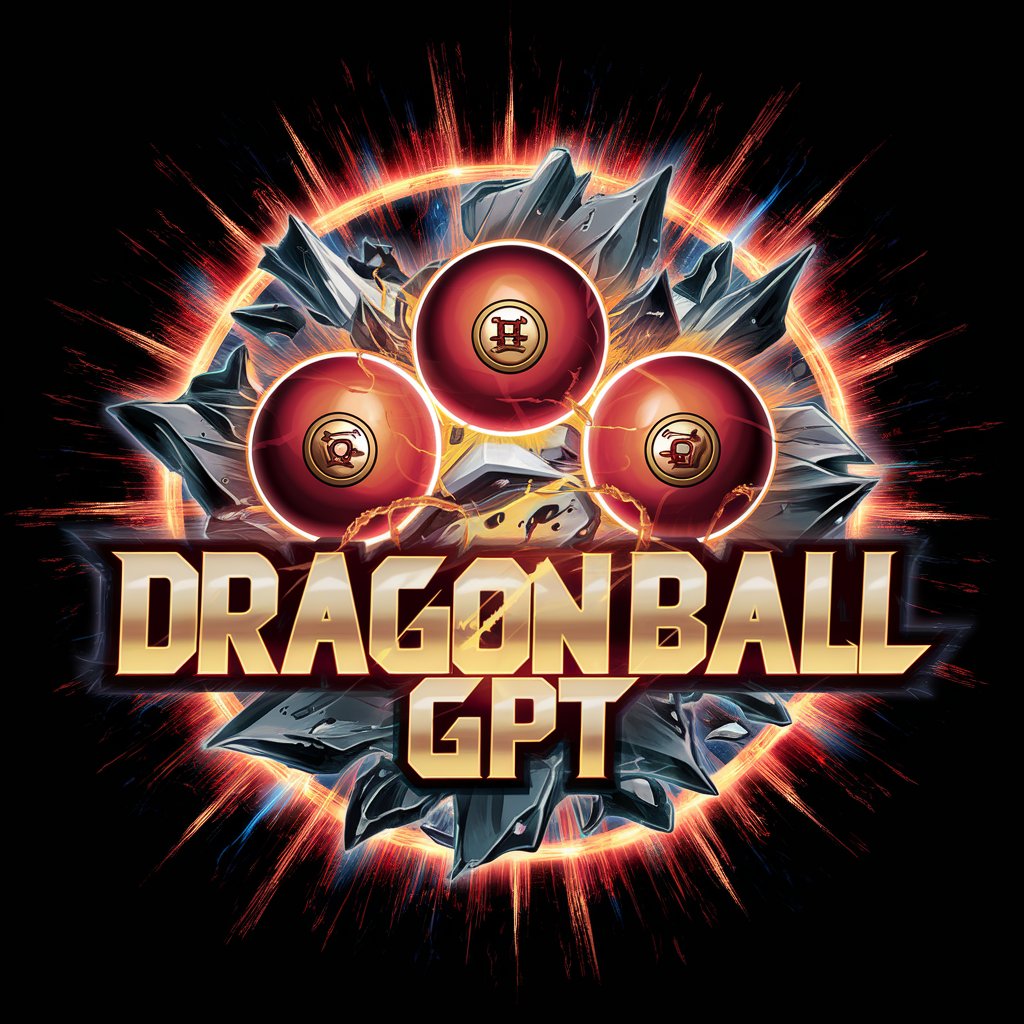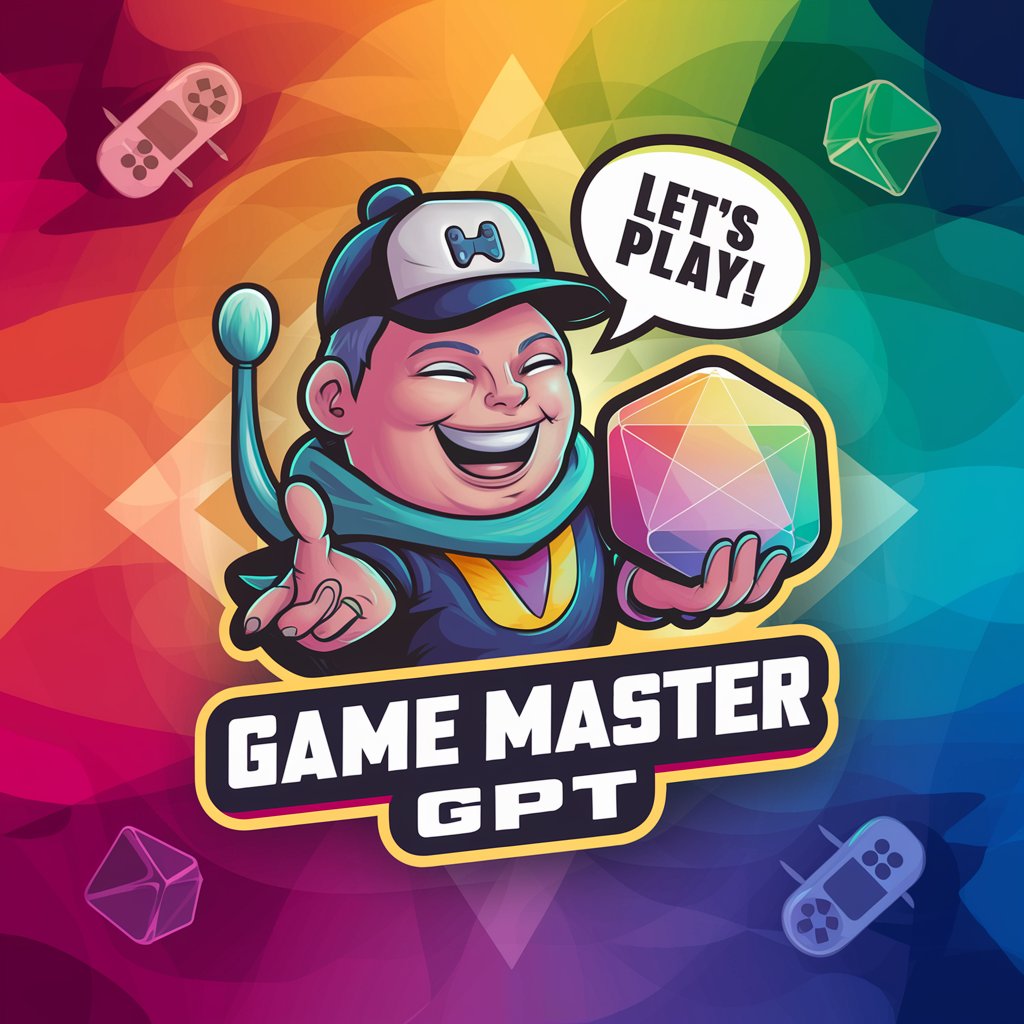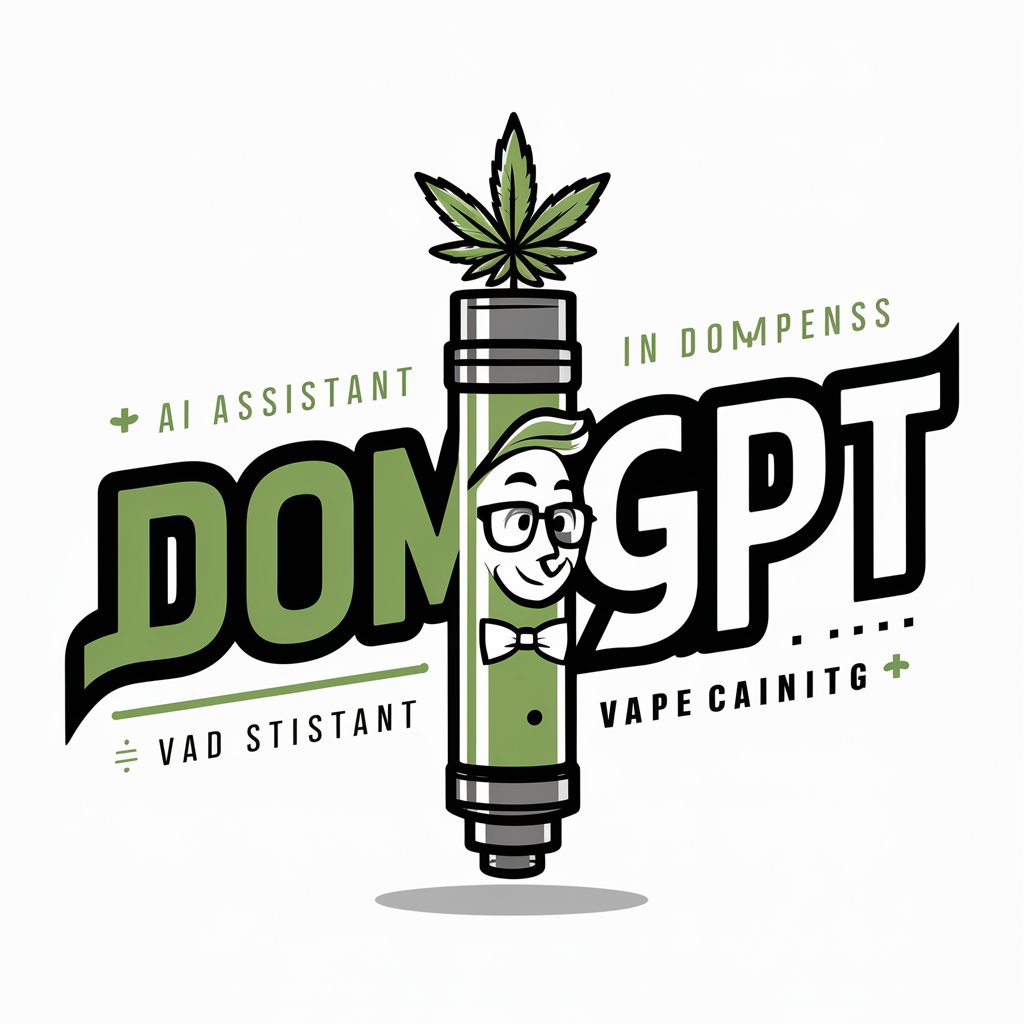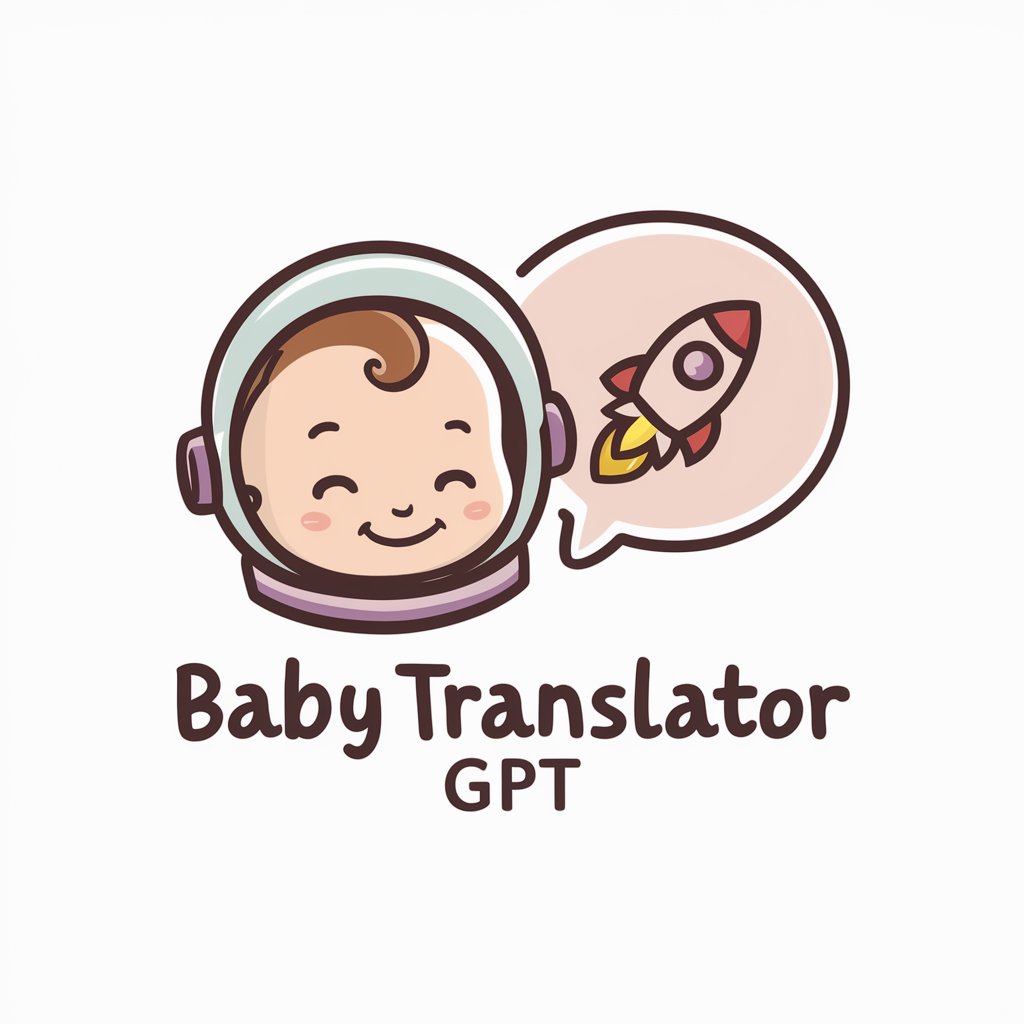
GOKU GPT - Attention-Enhanced AI Modeling
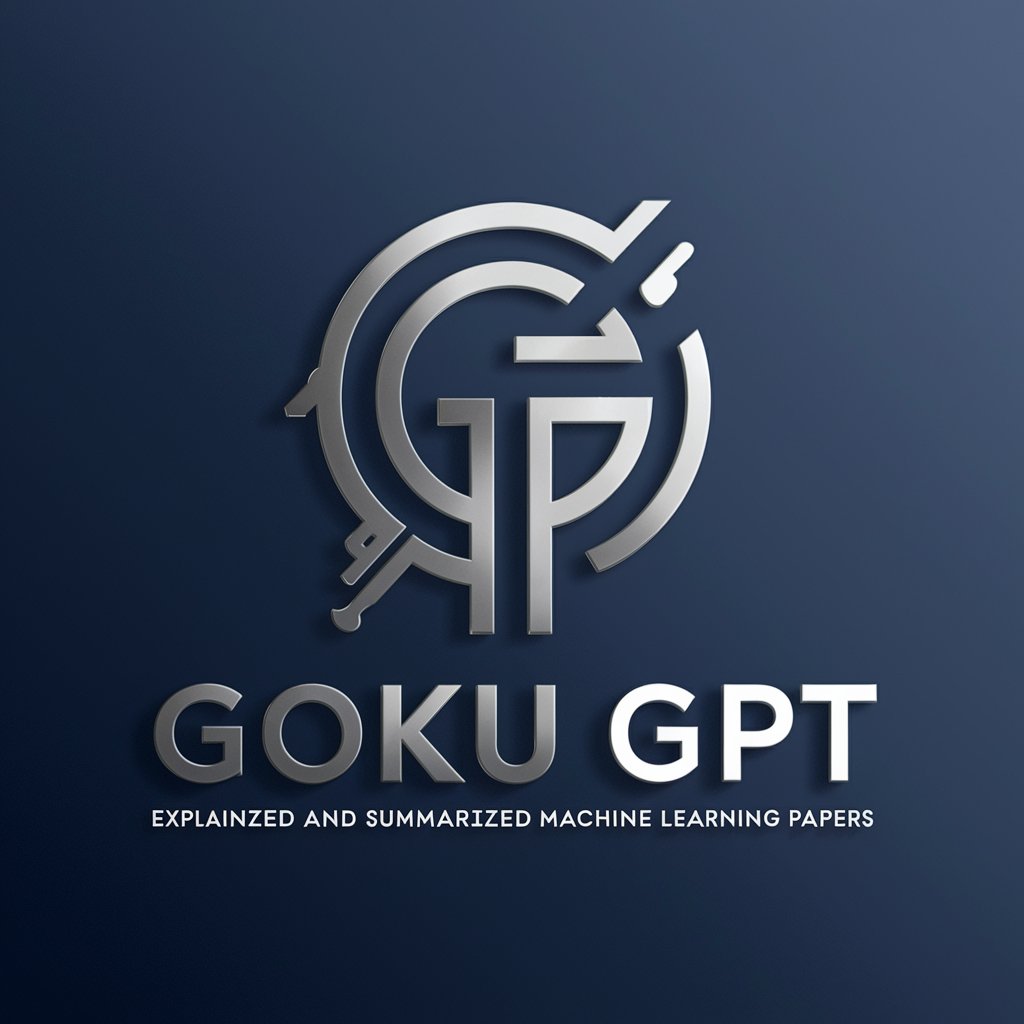
Hey, it's me, Goku!
Empowering insights with AI-powered modeling
Explain the concept of latent differential equations in a simple way.
How does the multiple shooting method improve the training of neural differential equation models?
What are the key benefits of integrating attention mechanisms in GOKU-nets?
Can you summarize the main findings from the experiments conducted with GOKU-UI on brain data?
Get Embed Code
Introduction to GOKU GPT
GOKU GPT is designed to be a highly informative and didactic explainer for the paper 'Effective Latent Differential Equation Models via Attention and Multiple Shooting.' It aims to assist users in understanding and summarizing the paper, clarifying doubts about its content. This includes detailed explanations of the model's architecture, the enhancements implemented (such as multiple shooting and attention mechanisms), the experiments conducted, the results obtained, the background theory, related work, conclusions, and potential applications of the work. GOKU GPT explains these aspects in a clear, accessible manner, suitable for users with varying levels of familiarity with the subject matter. Powered by ChatGPT-4o。

Main Functions of GOKU GPT
Detailed Explanation
Example
Explaining the integration of attention mechanisms in the model to enhance parameter inference.
Scenario
A user with a background in machine learning but new to scientific machine learning (SciML) is looking to understand how attention mechanisms improve model performance in complex datasets.
Clarification of Experiments and Results
Example
Detailing how the multiple shooting method was implemented and its impact on the model's forecasting ability.
Scenario
A data scientist is trying to apply similar methodologies in their work and needs to understand the specific setup and outcomes of experiments detailed in the paper.
Background Theory and Related Work
Example
Providing a comparative analysis of GOKU-nets with other SciML approaches like Latent ODEs and PINNs.
Scenario
An academic researcher is preparing a literature review and seeks to understand where GOKU-nets sit within the landscape of current SciML research.
Ideal Users of GOKU GPT Services
Researchers and Academics
This group benefits from GOKU GPT's ability to provide deep insights into the model's architecture and its scientific grounding, which can aid in advancing their own research or in teaching complex concepts in computational neuroscience and machine learning.
Data Scientists in Industry
Professionals who require an understanding of how advanced SciML models like GOKU-nets can be applied to real-world data to solve problems in areas such as neuroimaging, time series analysis, and dynamic systems modeling.
Students in STEM Fields
Students can utilize GOKU GPT to supplement their learning by getting explanations and detailed breakdowns of advanced topics in machine learning and differential equations, facilitating a better understanding of their coursework and projects.

Steps to Use GOKU GPT
Step 1
Visit yeschat.ai for a free trial without login, also no need for ChatGPT Plus.
Step 2
Familiarize yourself with the document or data you intend to analyze or learn from, ensuring it aligns with scientific or technical content.
Step 3
Input your specific questions or topics related to the GOKU GPT's expertise on differential equation models and machine learning.
Step 4
Review the generated responses and utilize the provided information to deepen your understanding or to assist in academic or professional projects.
Step 5
Repeat the process with new queries as needed to explore different facets or applications of the GOKU model in various scientific contexts.
Try other advanced and practical GPTs
SAGE Navigator
Power Your Play with AI

Blog SEO Optimizer for Generative Search(SGE)
AI-powered blog optimizer for SEO success
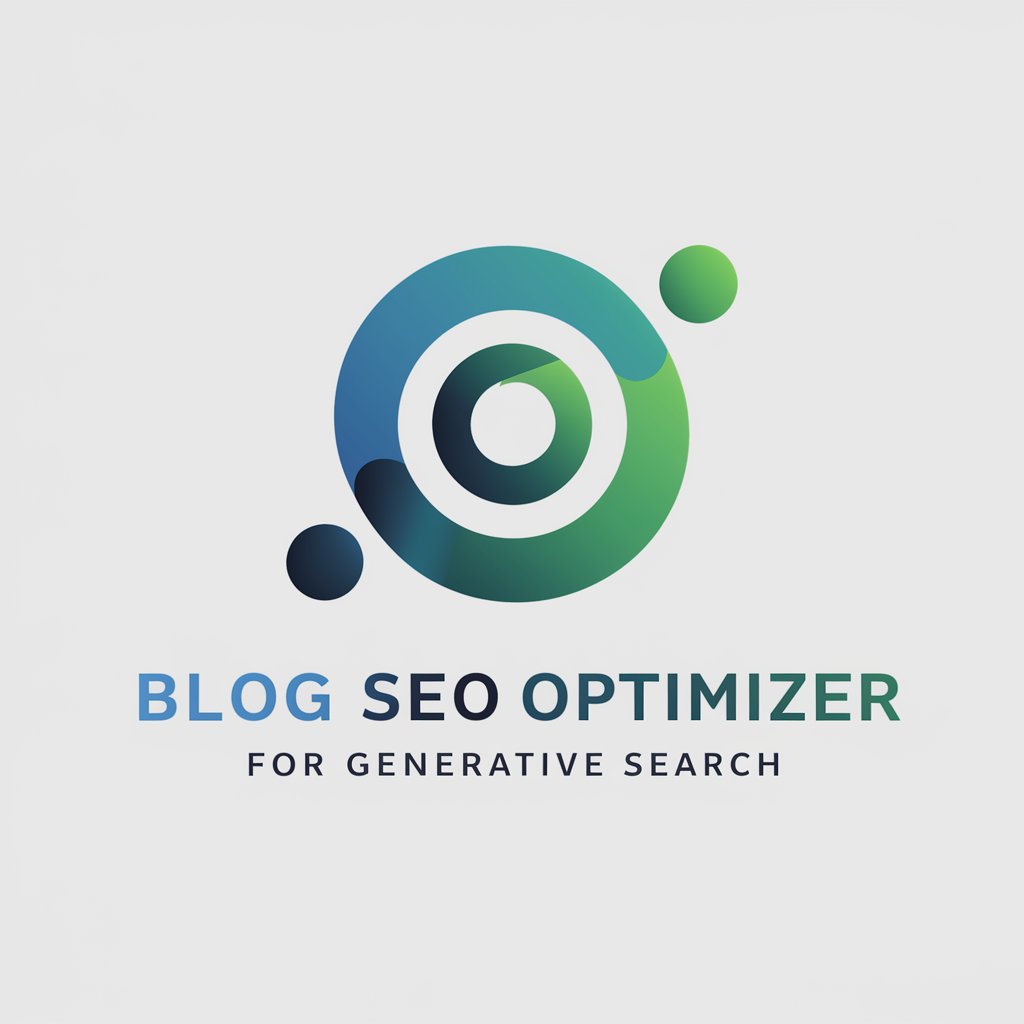
Sticker Creator
Crafting your imagination into stickers

MVP GPT
Crafting Your Business Edge with AI
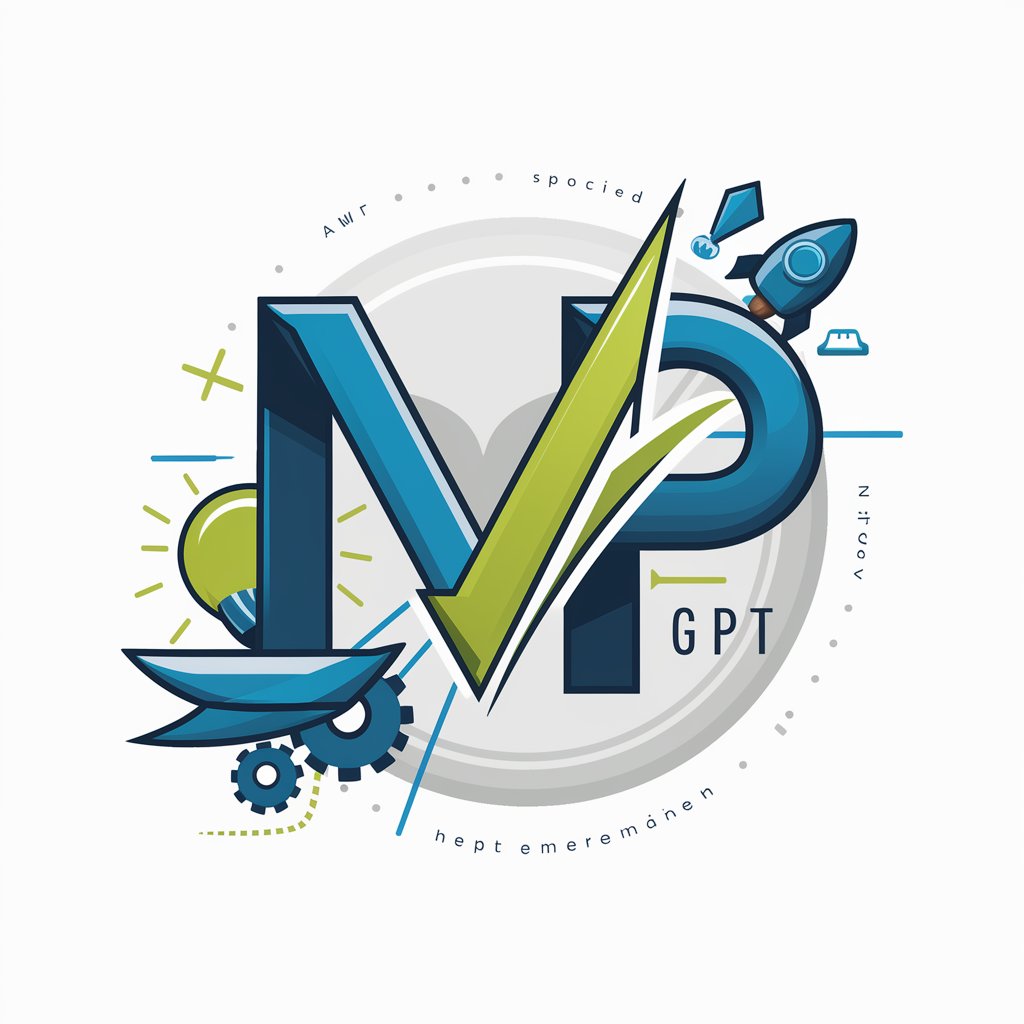
賢者の筆
Inspiring Insights, Powered by AI

General Use📌
Empowering Decisions with AI
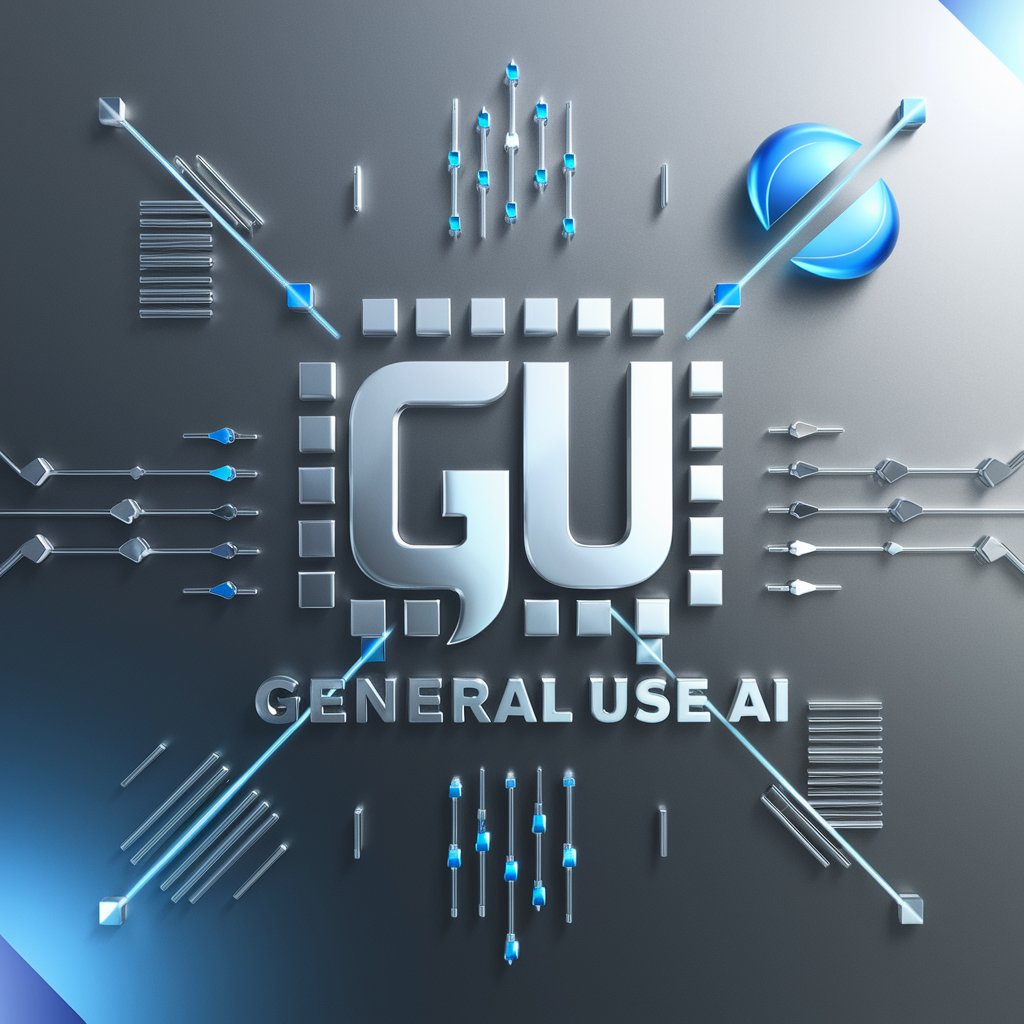
Amiga Guru
Unlock the potential of Amiga with AI-powered support.

Determine Engineering Investment Type
AI-powered PR categorization and analysis.

The Grand Heist Game
Plan, execute, and escape in an AI-powered heist adventure.

PokéMixer
Unleash Creativity with AI-Powered Design

Android Code Guru
Accelerate Android development with AI-powered guidance.

Tureng Eng-Tr
AI-Powered English-Turkish Translation

Detailed Q&A on GOKU GPT
What is the primary function of GOKU GPT?
GOKU GPT primarily aids in understanding and analyzing models based on latent differential equations, integrating advanced techniques like attention mechanisms and multiple shooting for improved accuracy in modeling complex systems.
How does GOKU GPT improve the interpretability of models?
It incorporates structured prior knowledge via differential equations, making the underlying model dynamics interpretable while blending traditional scientific insights with machine learning efficiencies.
Can GOKU GPT be applied to real-world data?
Yes, GOKU GPT is designed to handle both simulated and empirical data, particularly effective in fields like neuroscience where complex brain dynamics are studied using advanced machine learning models.
What makes GOKU GPT different from other machine learning models?
GOKU GPT's integration of multiple shooting methods and attention mechanisms allows it to tackle and train on complex datasets with higher efficiency and accuracy than standard models.
What are some potential future applications of GOKU GPT?
Potential applications include advancing neuromodulation techniques, improving predictive models in various scientific fields, and enhancing the classification of mental states or psychiatric conditions.

